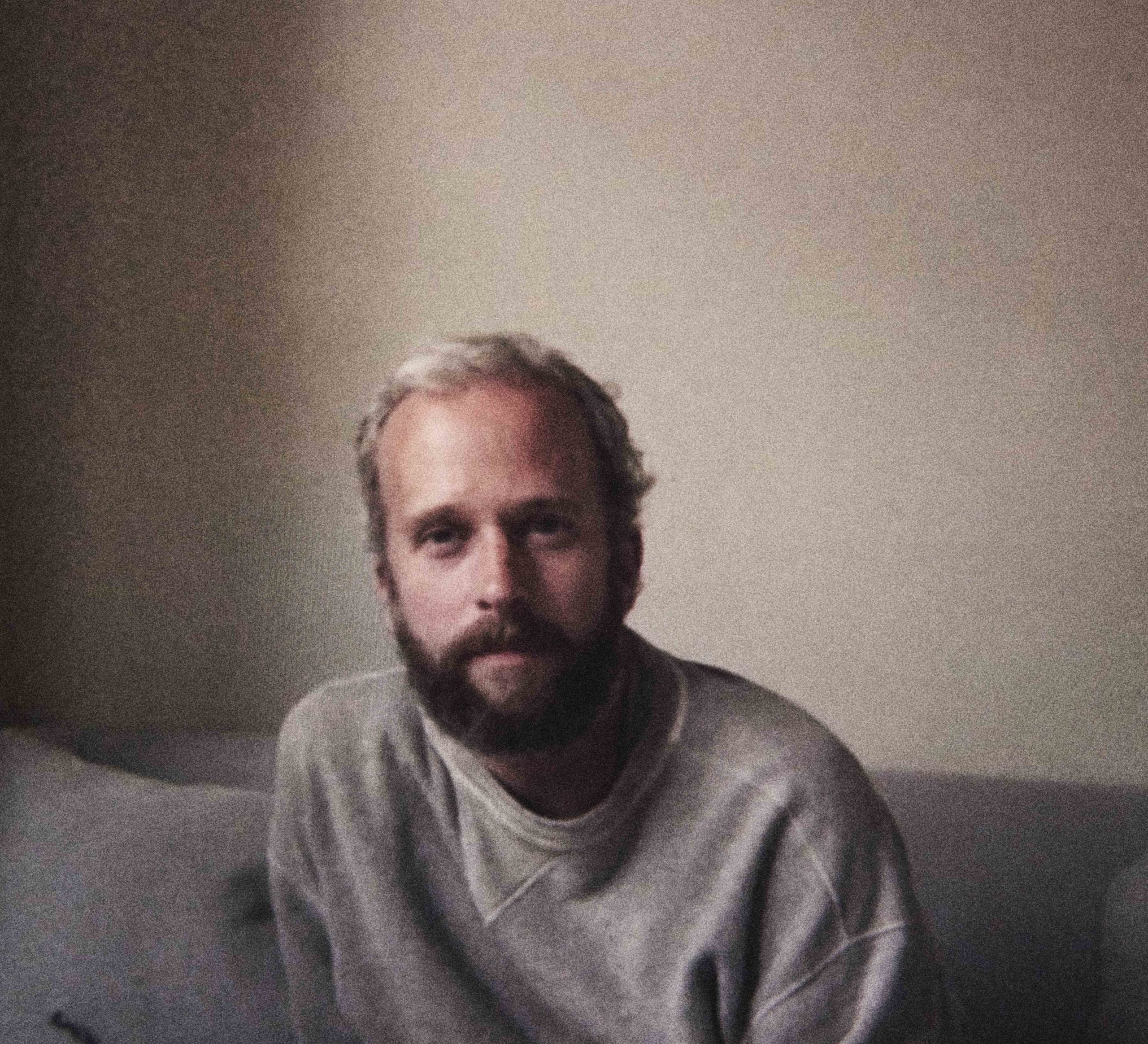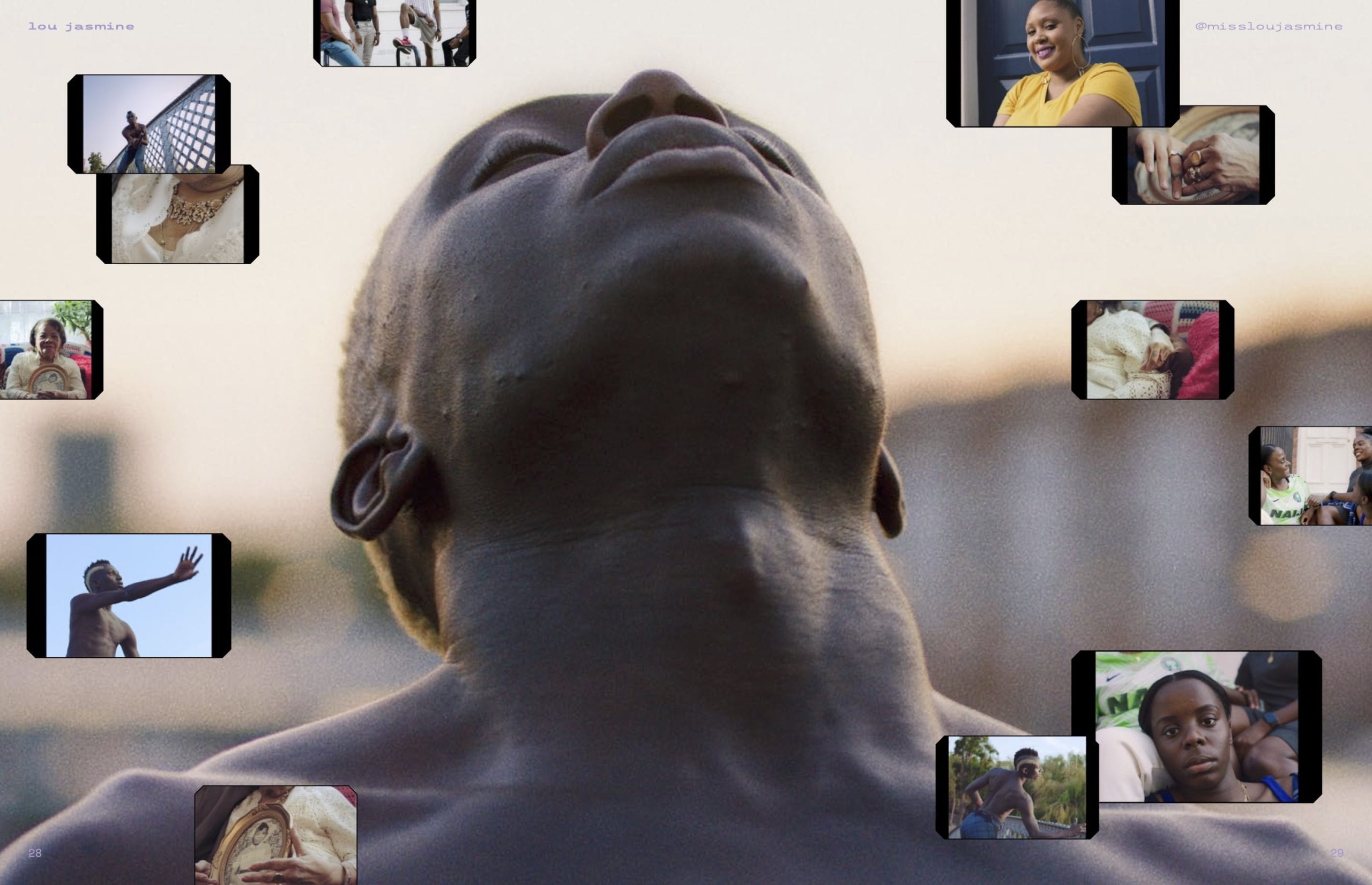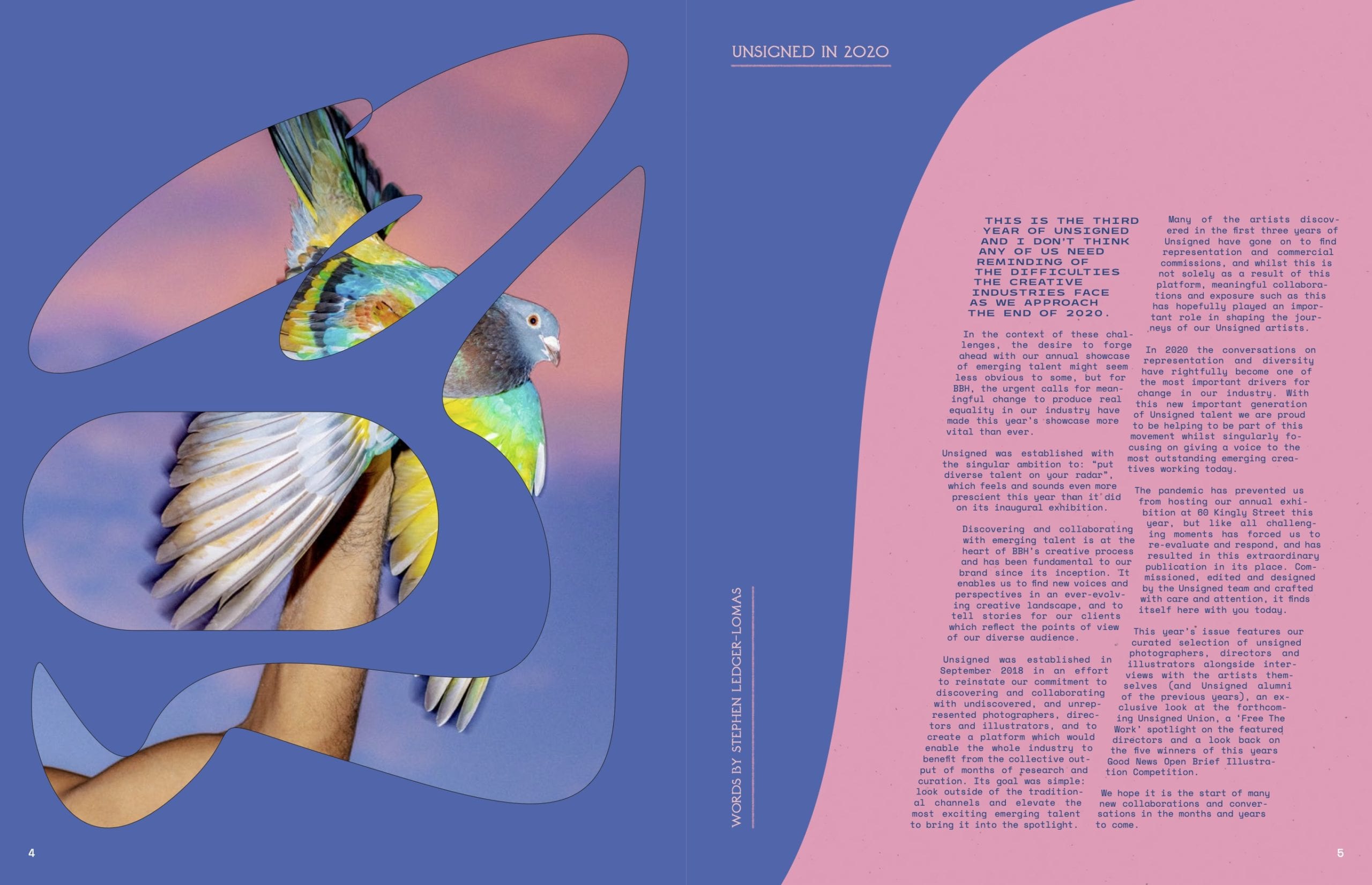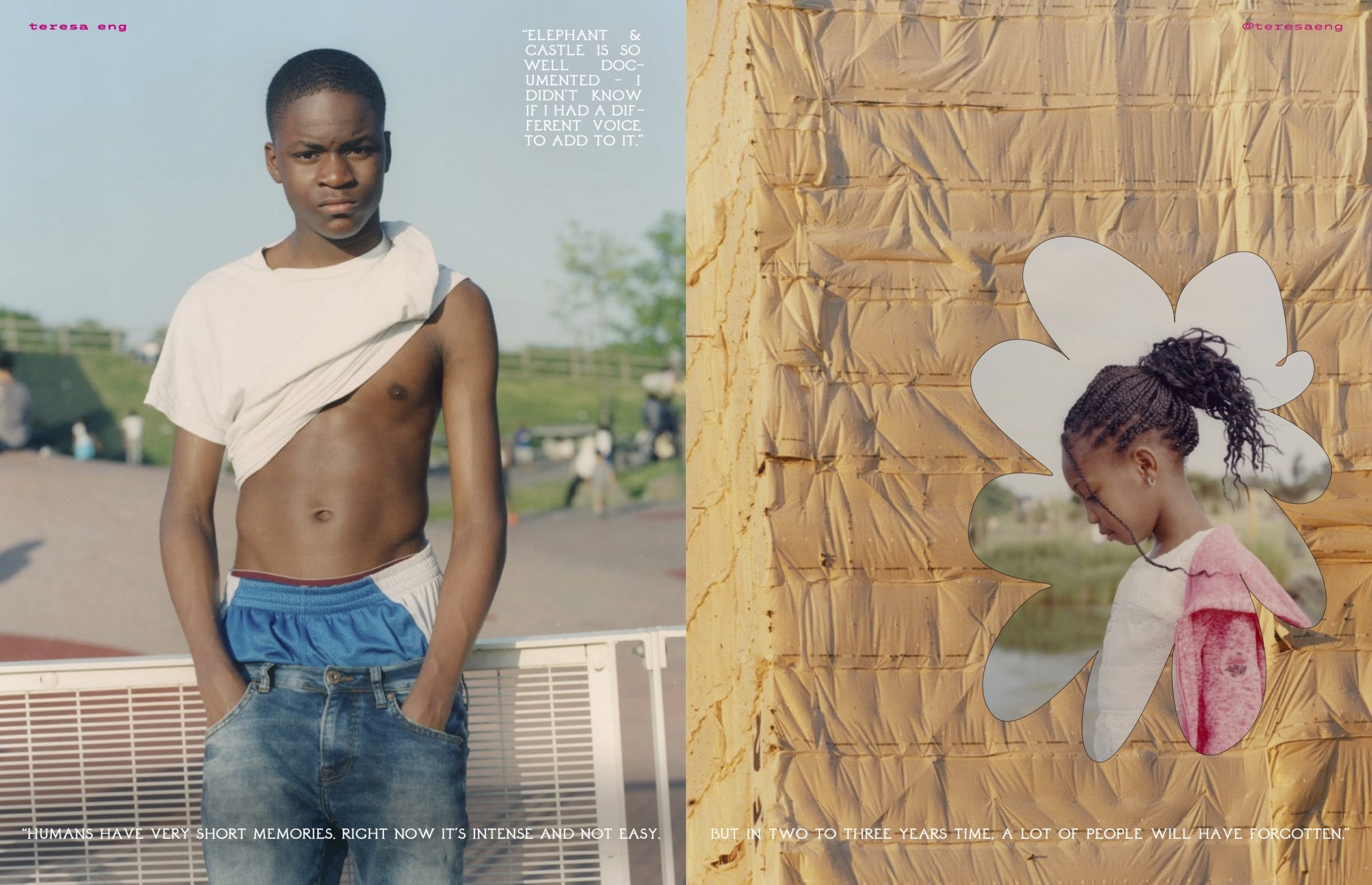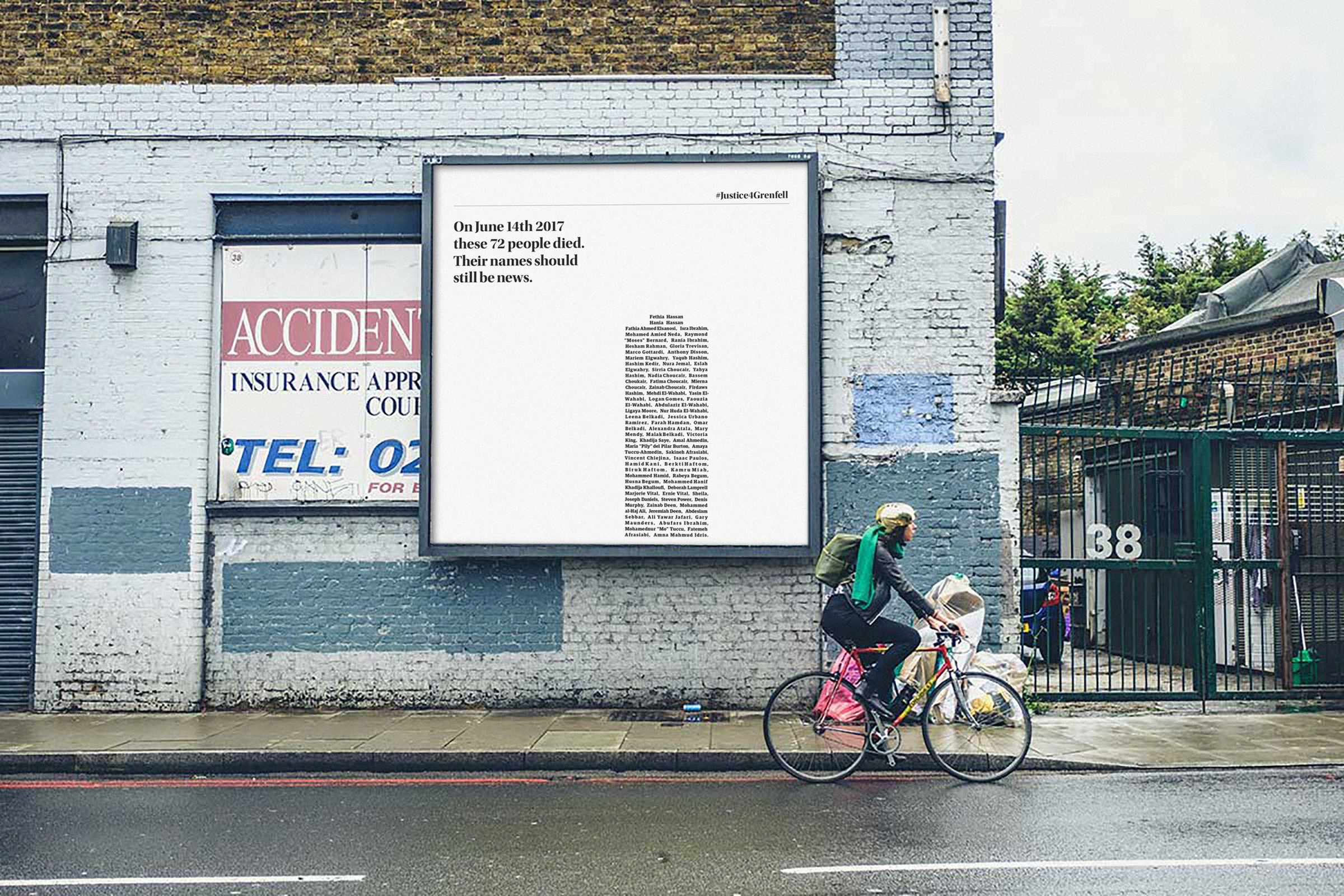In collaboration with Direct Digital – the leading international photographic equipment rental service – 1854 Media and British Journal of Photography presents Industry Insights, a series delving into the ins and outs of working in the photography industry.
Ledger-Lomas is head of production at BBH London, a leading global advertising agency with past and present clients including Audi, Tesco, Levi’s and British Airways
“We come up with big ideas,” explains Stephen Ledger-Lomas, head of production at BBH London, a creative agency with clients including Audi, Tesco, Barclays Bank, and Experian, and behind celebrated campaigns for Levi’s, Axe, and British Airways. “We use creativity to transform and unlock growth for brands.” The production of advertising campaigns across print, TV, digital and beyond means that BBH is working with photographers daily, constantly looking for new sources of inspiration and fresh talent.
“We want things to be as crafted as possible, making sure that the partners you’re working with have the space and time to be able to finish things properly,” Ledger-Lomas explains. “The ultimate sweet spot is something which is effective — it helps the client achieve their objective, you see an actual direct impact on the sales — and something which we are creatively proud of. We’re trying to find things that exist in broader culture, things which are talked about outside of our little echo chamber of advertising.”
When matching a prospective job with an artist — the “talent” — there are several factors to bear in mind. Having agreed on a loose concept with the client, the creative team will immediately consider what talent might be suitable: both production parameters — who will fit with the budget and where they are located — and creative considerations. “What’s that person going to do? How’re they going to build the concept and make it even better? We’re looking for people to elevate stuff,” describes Ledger-Lomas. Photographers will be asked to make a “treatment”, usually in the form of a PDF plan detailing how they’d approach the brief, and then BBH will present one or two favourites to the client, who eventually signs off.
BBH is always seeking to grow its network of talent and collaborators. “We’re particularly pointed towards trying to diversify the people we work with, and not just in terms of ethnicity or gender, but [all] the most underrepresented groups, whether it’s socioeconomic or disability,” says Ledger-Lomas. The production team are constantly scouting on Instagram, and on media outlets like It’s Nice That and Nowness, and this determination to discover new artists has ultimately led to the creation of their outreach programme: Unsigned.
“A group of assistant producers came up with the idea of wanting to diversify the talent we look at as an agency, and doing it in a meaningful way: not just showcasing but actually trying to work with those people and help them find a better platform,” says Ledger-Lomas. It launched in 2018, focussing on photography and illustration. Then, 2019 saw the addition of film and a huge exhibition at BBH’s office at Kingly Street. 2020 — now including music, too — would have been their biggest year yet, if it wasn’t for the pandemic. “In the first year, three people immediately got signed, and we worked with a bunch of them, and connections happened. Our thoughts were that you just have to start somewhere,” says Ledger-Lomas. Unsigned 2020 was published as a zine instead, but hopefully 2021 will allow a return to the exhibition format.
Despite the pandemic’s restrictions, and the introduction of extensive Covid safeguarding measures on set, BBH had one of their most prolific years in 2020. Clients like Tesco and Barclays, whose customers continued to depend on them throughout the pandemic, needed to communicate, and so ads had to keep being made. Unfortunately, though, the necessary limitations have led to a temporary collapse in creative thinking around advertising. “People had to produce everything in the same way,” reflects Ledger-Lomas. “The means of production have been so tightly reigned in, there’s less variety in the way that people are telling stories.” Think the building society person sitting in their bedroom, lit by the glow of a screen, gently commiserating and reassuring. Functional and synonymous with the crisis, but — almost a year on — not especially exciting.
The challenge now, looking ahead to summer, and the return of some form of freedom, is to become inspired, and to begin thinking originally again. After all, the great ads of the past have truly become part of popular culture. “Things with real cut-through have a massive, much broader cultural impact,” says Ledger-Lomas. “That’s what you really strive for.”
“BBH always talks about this thing called the zag,” he continues. “When the world zigs, zag. What’s our point of difference? How are we going to find a way of cutting through?” Personally, Ledger-Lomas tries to look outside of advertising for inspiration: to painting, film, and travel. “I try to surprise myself. I go through phases where I try and look at things that make you feel a bit uncomfortable or different or strange, because otherwise you can just get so used to seeing the same thing,” he says.
During the summer, BBH did an interview with Kwame Kwei-Armah, artistic director of the Young Vic. “He said this brilliant thing: ‘Sometimes you need to jump into a different car and listen to a different radio station’,” recalls Ledger-Lomas. The algorithms we are exposed to work to narrow our tastes, showing us more and more of exactly what we like, until it’s polished and defined; “you need to disrupt that, I think, to feel inspired.”
So, what is the future of advertising? “I would hope that we can break down this monoculture,” says Ledger-Lomas. According to the 2011 census, 40 per cent of London’s population identifies as BAME. Although the visibility of people from BAME backgrounds in ads is improving, the industry itself does not adequately reflect the demographics of the UK population. “It’s not reflected in any of our agencies or talent pools. It’s changing, but I think that now, more than ever, we need to shake up the points of view, the way that we’re telling stories.”
“At some point what success looks like is me not sitting here, in five years time, but someone from a totally different background,” he continues. “It’s a big industry, but it needs to be broader.” Perhaps the time has come to switch to a different radio station: “I am optimistic that will happen,” he says. “I think it’s starting to change.”
Find out more about Direct Digital here.

